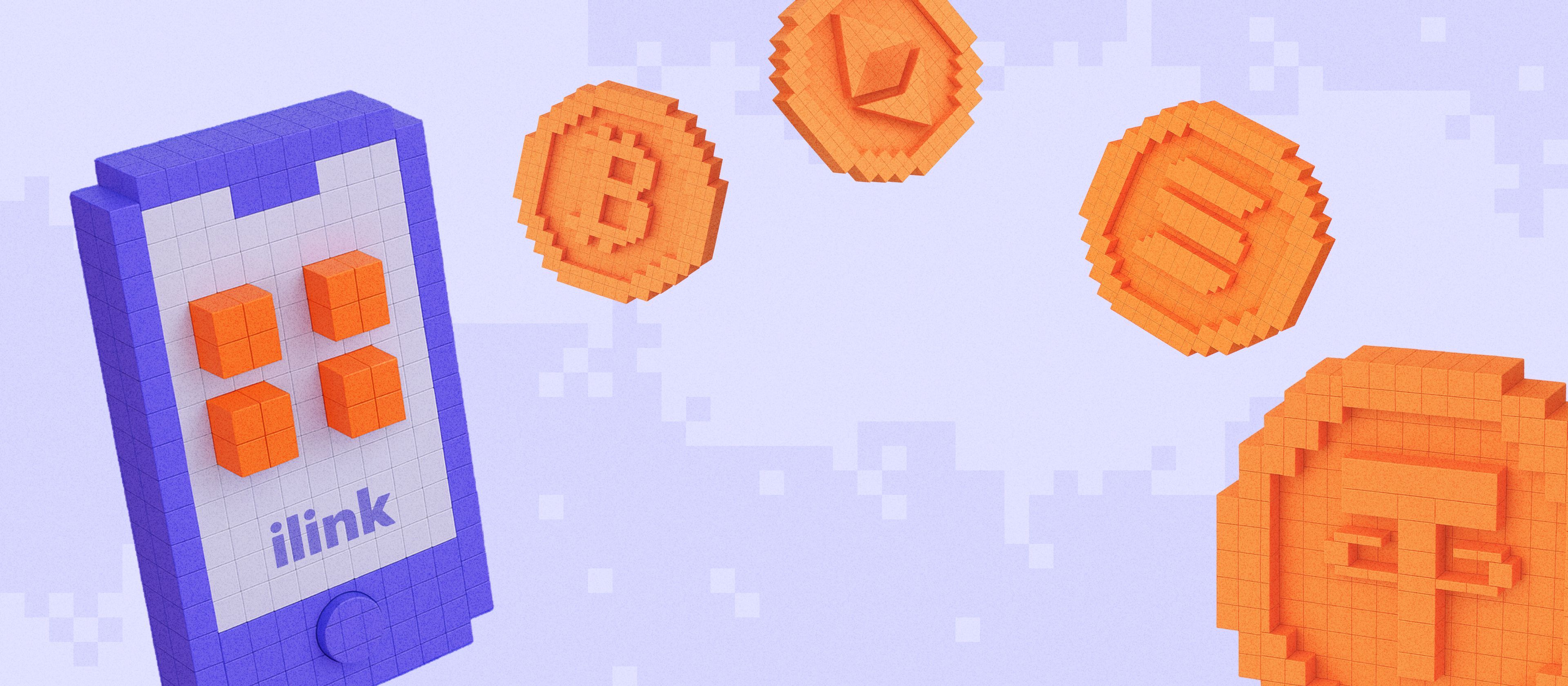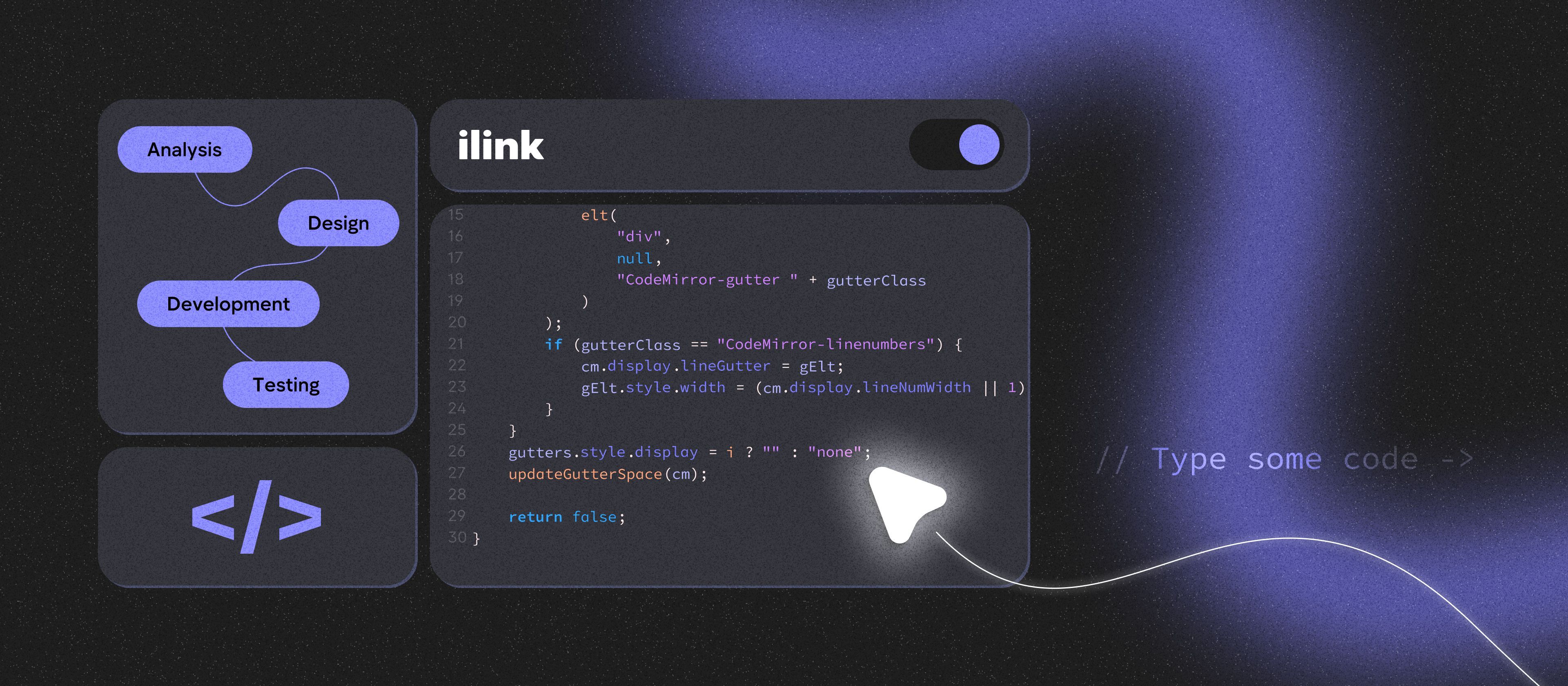Fintech Trends in Decentralized Finance: How DeFi Is Influencing Traditional Banking Models
Introduction
Decentralized Finance, or DeFi, has moved beyond its crypto-native roots to become one of the most disruptive forces in modern fintech. What began as a niche experiment on the Ethereum blockchain is now a global movement redefining how financial services are delivered. In 2025, DeFi protocols are challenging traditional banking systems by offering open, permissionless, and highly programmable alternatives to saving, lending, investing, and payments.
This article explores the latest fintech trends in DeFi and examines how these innovations are influencing, complementing, and, in some cases, replacing traditional banking models.
What Is Decentralized Finance (DeFi)?
Decentralized Finance (DeFi) refers to blockchain-based applications that allow users to access financial services without relying on traditional intermediaries like banks or brokers. These platforms are built on smart contracts, self-executing code that runs on public blockchains like Ethereum, BNB Chain, and Polygon.
Key principles of DeFi:
- Non-custodial. Users retain control over their assets.
- Transparent. All transactions are recorded on-chain.
- Permissionless. Anyone can access the system without needing approval.
- Composability. DeFi apps can integrate and interact like Lego blocks stacked together.
DeFi is increasingly being viewed not just as a parallel financial system—but as a foundation for the future of fintech.
Fintech Trends Emerging from DeFi in 2025
1. Non-Custodial Wallet Integration and Self-Banking
In 2025, wallets like Walletverse, MetaMask, and Trust Wallet are serving as alternatives to traditional bank accounts. These wallets allow users to store, send, and invest crypto assets without a central custodian. This trend toward self-sovereign finance is giving users full control over their funds—driving demand for non-custodial solutions in fintech apps.
2. On-Chain Lending and Credit Scoring
DeFi lending protocols like Aave and Compound offer users the ability to borrow against their crypto without a centralized approval process. In parallel, on-chain credit scoring systems are emerging, evaluating a wallet’s borrowing history and transaction behavior rather than relying on FICO scores.
This creates financial inclusion opportunities for users with limited access to traditional banking services.
3. Programmable Financial Products
Thanks to smart contracts, financial agreements can now be automated and customized without human intervention. Examples include:
- Insurance payouts triggered by weather data;
- Escrow systems for freelancers;
- Recurring payments encoded into DeFi protocols.
This level of automation introduces a new wave of programmable money, reshaping financial product design in fintech.
4. Tokenized Assets and RWA Integration
The tokenization of real-world assets (RWA)—such as real estate, government bonds, and equities—is a fast-growing trend. DeFi protocols now allow these assets to be represented on-chain, providing liquidity, transparency, and fractional ownership. Fintech platforms are using tokenization to offer new asset classes and diversify portfolio access for everyday investors.
5. DeFi-as-a-Service (DaaS) for Fintech Companies
Fintech startups are increasingly integrating DeFi protocols through white-label and API-based services, offering users access to:
- Staking and yield farming;
- Decentralized trading;
- Liquidity pools.
This DeFi-as-a-Service (DaaS) model reduces development time and regulatory exposure while expanding fintech offerings.
6. Cross-Border Payments and Stablecoins
Stablecoins like USDC, USDT, and emerging CBDCs are transforming how money moves globally. They offer fast, low-cost, and borderless payment solutions that outperform traditional remittance channels. DeFi platforms are capitalizing on this by offering instant settlement and multi-currency support—creating real competition for SWIFT and international banking systems.
How DeFi Is Influencing Traditional Banking Models
1. Challenging the Role of Intermediaries
By automating trust through code, DeFi eliminates the need for many financial middlemen. Peer-to-peer borrowing, token issuance, and trading happen without banks, brokers, or clearinghouses—forcing traditional players to rethink their value proposition.
2. Pressure on Legacy Infrastructure
DeFi offers:
- 24/7 access;
- Instant settlement;
- Transparent operations.
This places pressure on legacy banking systems built around 9-to-5 operations and batch processing, prompting a wave of modernization in digital infrastructure.
3. Hybrid Models and Bank Adoption
Some banks are taking the "if you can't beat them, join them" approach by experimenting with:
- Tokenized deposits;
- Blockchain-based custody solutions;
- Partnerships with DeFi protocols.
This hybrid model allows banks to retain regulatory oversight while benefiting from blockchain efficiencies.
4. Rise of Digital-First Banks and Neobanks Integrating DeFi
Neobanks are increasingly embedding DeFi services into their offerings—allowing users to:
- Earn yield on stablecoins;
- Swap crypto directly in-app;
- Participate in DAO governance.
This convergence of DeFi and neobanking is creating next-generation financial platforms with superior transparency and user empowerment.
Challenges and Regulatory Considerations
1. Security and Smart Contract Risks
DeFi platforms are still vulnerable to:
- Smart contract bugs;
- Flash loan attacks;
- Exploits and rug pulls.
Ongoing audits and community vetting are essential for trust and longevity.
2. Legal Uncertainty and Compliance
Navigating the regulatory environment is one of DeFi’s biggest hurdles. Key challenges include:
- Enforcing KYC/AML in non-custodial environments;
- Defining legal liability in DAOs;
- Varying compliance across jurisdictions (e.g., MiCA in the EU, FinCEN in the U.S.).
3. User Education and Adoption Barriers
DeFi still suffers from complex UIs and steep learning curves. Fintech companies have a role to play in improving:
- Onboarding experiences;
- Risk disclosures;
- Cross-platform user flows.
The goal: bring mainstream users into DeFi without overwhelming them.
The Future of Fintech and DeFi Convergence
Looking ahead, we can expect:
- Institutional DeFi with KYC-compliant protocols;
- DeFi insurance and risk modeling;
- Greater adoption of tokenized treasury markets;
- Expansion of regulatory sandboxes for testing DeFi innovations.
Ultimately, the convergence of DeFi and fintech will create hybrid financial ecosystems—where traditional and decentralized tools coexist and complement one another. DeFi is no longer just a crypto experiment—it’s an emerging force that is influencing the core mechanics of global finance. Traditional banks and fintech companies alike are being reshaped by the innovations and demands of decentralized finance.
From self-custody wallets and real-time lending to tokenized assets and cross-border payments, DeFi is rewriting the rulebook—and fintechs that embrace these trends will be the ones leading the next generation of financial services.
Comments (0)
Latest Posts
When a business should create own cryptocurrency? In this article, we'll discuss the types of cryptocurrency, how to launch, and where crypto generates the most income.
Why businesses need custom web solutions designed for growth - From profitable SaaS platforms to fintech and marketplaces.
Do You Have Any Questions?
Leave your details - we will contact you to answer all your questions




